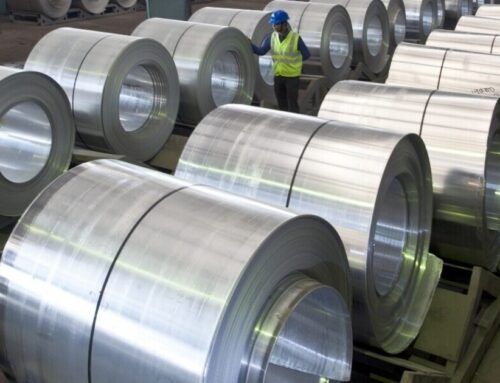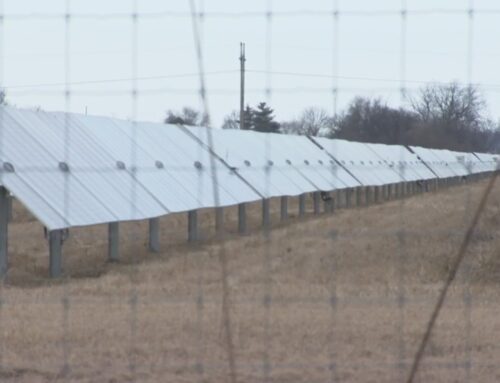India’s wind power capacity to meet 100 GW target by 2030 with focus on tech, talent: IWTM
May 4, 2025
India’s wind energy sector is ramping up investments in manufacturing capacity, technology innovation, and workforce development to help the country meet its ambitious target of 100 GW of installed wind power capacity by 2030, according to the Indian Wind Turbine Manufacturers Association (IWTMA).
At present, India has over 50 GW of installedwind energy capacity, as per the Central Electricity Authority’s March 2025 report.
“The Indian wind industry is fully aligned with the government’s clean energy vision. We are investing in capacity, technology innovation, and workforce development to achieve 100 GW of wind energy by 2030,” Aditya Pyasi, CEO, IWTMA told PTI.
During a recent high-level meeting with the Ministry of New and Renewable Energy (MNRE), IWTMA outlined the industry’s readiness to scale up manufacturing, support the ‘Make in India’ initiative, and generate large-scale employment.
India currently boasts over 18 GW of annual domestic manufacturing capacity for wind turbines and related components, the association noted.
Major companies such as Suzlon, Nordex, Senvion, Envision, Siemens Gamesa, Vestas, GE Vernova, Inox Wind, ZF Wind Power, Flender, Windar, and Aditya Birla Advanced Materials manufacture key wind turbine parts—blades, nacelles, gearboxes, generators, and towers—within India.This robust ecosystem supports both growing domestic demand and the country’s potential as a global export hub for wind energy equipment.
The wind energy sector is also emerging as a major employment generator, with renewable sector hiring projected to grow by 19 per cent in FY25. Wind is expected to contribute significantly to jobs in manufacturing, installation, operations, and maintenance.
According to IWTMA, over 55 per cent of the workforce is aged between 26 and 35, making the wind sector a promising avenue for young professionals in India’s clean energy economy.
As the world’s fourth-largest renewable energy producer, India views wind power as crucial for ensuring grid stability. Unlike solar, wind energy often generates power during non-solar hours, making it an essential part of delivering reliable, round-the-clock clean electricity at affordable rates.
IWTMA also highlighted the need for continued policy support, simplified regulations, and better infrastructure and testing facilities to fully unlock the sector’s potential.
“With strong policy support and a future-ready industrial base, India’s wind industry is poised to power the next chapter of our green growth story. Wind energy is not just clean energy, it’s a national economic driver,” Pyasi added.
Search
RECENT PRESS RELEASES
Related Post





